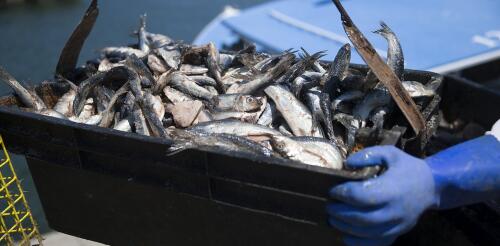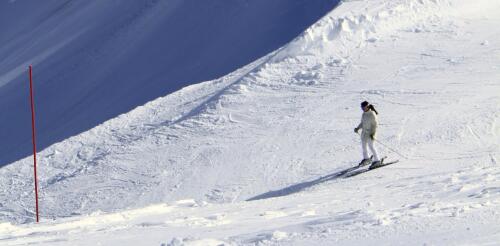environment
If you stand at practically any point on Earth, there is water moving through the ground beneath your feet. Groundwater provides about half of the world’s population with drinking water and nearly half of all water used to irrigate crops. It sustains rivers, lakes and wetlands during droughts. Groundwater is a renewable resource, but it can take decades or even centuries for some aquifers to recover after they are depleted. Current understanding of this challenge is based mainly on where and how frequently people record measurements of water levels in wells. In a newly published study, our team of data scientists, water specialists and policy experts compiled the first global-scale dataset of these levels. We analyzed millions of groundwater level measurements in 170,000 wells located in over 40 countries and mapped how groundwater levels have changed over time. Our study has two main findings. First, we show that rapid groundwater depletion is widespread around the worl...
The Supreme Court heard oral argument on Jan. 17, 2024, in two cases that center on fisheries management, but could have broad impacts on federal regulatory power. The question at the core of Loper Bright Enterprises v. Raimondo and Relentless Inc. v. Department of Commerce is whether the Secretary of Commerce, acting through the National Marine Fisheries Service and following the Magnuson-Stevens Fishery Conservation and Management Act, can require commercial fishers to pay for onboard observers whom they are required to take on some fishing voyages. In both cases, the plaintiffs assert that the Commerce Department has exceeded its legal authority. That claim turns on how much deference the court should give the agency’s interpretation of the Magnuson-Stevens Act. The plaintiffs are challenging a nearly 40-year-old doctrine of federal administrative law, known as Chevron deference for the 1984 case in which it was set forth. This tenet provides that when a federal statu...
Gray wolves were reintroduced to Colorado in December 2023, the latest attempt in a decadeslong effort to build up wolf populations in the Rocky Mountain states. SciLine interviewed Joanna Lambert, professor of wildlife ecology and director of the American Canid Project at the University of Colorado Boulder, who discussed how and why gray wolf populations declined in the U.S. and the value of reintroducing them to ecosystems in the West. Dr. Joanna Lambert discusses the gray wolf restoration campaign. Below are some highlights from the discussion. Answers have been edited for brevity and clarity. How can protecting gray wolf populations affect ecosystems? Joanna Lambert: Apex predators, and predators in general, are disappearing from landscapes around the planet. Without apex predators, their prey species can become overly abundant. But when apex predators are reintroduced, prey populations decrease and vegetation can rebound. So in cert...
An avalanche swept up skiers at Lake Tahoe’s largest ski resort on Jan. 10, 2024, as a 150-foot-wide sheet of snow slid down a mountain slope into a pile 10 feet deep. One person died in the avalanche and three others were rescued, according to the Placer County, California, Sheriff’s Office. The slide happened in steep terrain near the KT-22 chairlift, which had just opened for the season that morning. A second unplanned avalanche hit the same ski resort the next day, but no one was injured. Avalanche deaths are rare inbounds at ski resorts like Palisades Tahoe, but the risk rises in the backcountry – 30 backcountry avalanche deaths were reported in the U.S. during the 2022-2023 season. Nathalie Vriend, a skier and physicist at the University of Colorado Boulder who studies avalanches, explains what happens in an avalanche and techniques for surviving one. What causes avalanches? The behavior of an avalanche depends on the structure of the snowpack, but that...
Urban agriculture is expected to be an important feature of 21st century sustainability and can have many benefits for communities and cities, including providing fresh produce in neighborhoods with few other options. Among those benefits, growing food in backyards, community gardens or urban farms can shrink the distance fruits and vegetables have to travel between producers and consumers – what’s known as the “food mile” problem. With transportation’s greenhouse gas emissions eliminated, it’s a small leap to assume that urban agriculture is a simple climate solution. But is urban agriculture really as climate-friendly as many people think? Our team of researchers partnered with individual gardeners, community garden volunteers and urban farm managers at 73 sites across five countries in North America and Europe to test this assumption. We found that urban agriculture, while it has many community benefits, isn’t always better for t...




